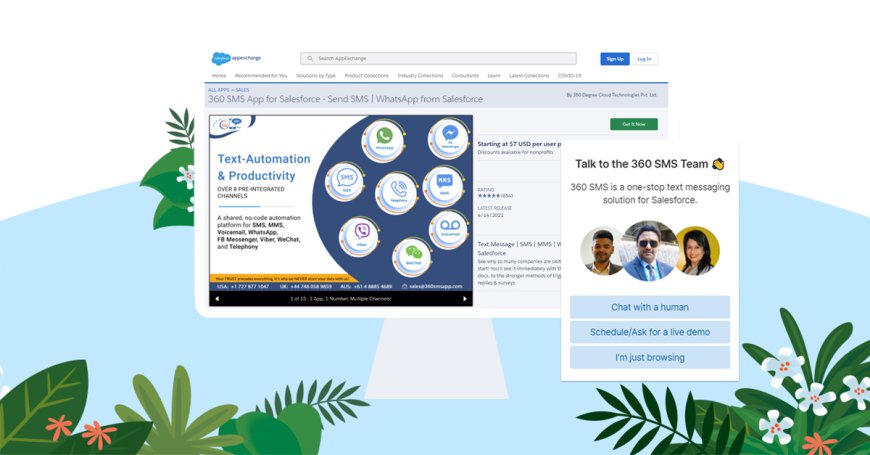Enhancing Customer Communication with Salesforce: Voicemail, Telephony Integration, and WhatsApp

Salesforce CRM capabilities can be significantly enhanced through telephony integration, voicemail, and WhatsApp messaging, creating a multi-channel approach to customer communication. With these features, businesses can handle calls, send voicemails, and connect via WhatsApp—all within Salesforce, streamlining operations and improving customer engagement. Here’s how each tool adds value to Salesforce.
Salesforce Voicemail for Personalized Follow-Ups
Voicemail capabilities within Salesforce allow businesses to maintain a personal touch with customers even when direct conversations aren’t possible. With Salesforce voicemail integration, teams can leave recorded messages with important updates, follow-ups, or reminders. This feature is beneficial for service-based interactions where customers may need detailed instructions or next steps. By saving voicemails within Salesforce, agents and sales reps have quick access to previously sent messages, providing full context when they reconnect with customers. Voicemail can be automated as part of workflows, too, allowing businesses to send personalized messages without needing live interaction, ensuring customers still feel valued.
Salesforce Telephony Integration for Unified Calling
Salesforce telephony integration combines CRM data with call-handling functionality, transforming customer support and sales teams into more efficient units. With telephony integration, agents can make and receive calls directly within Salesforce, leveraging CRM data during conversations. The integration provides a range of productivity-boosting features like click-to-dial, automatic call logging, and screen pop-ups that show relevant customer information the moment a call comes in. This functionality reduces time spent switching between systems and ensures that all call activity is recorded for future reference, streamlining support and sales workflows.
Telephony integration also enhances Salesforce by enabling call analytics, giving managers insights into call durations, frequency, and team performance metrics. This data can help optimize team strategies and improve customer experience by identifying areas where response times or issue resolution can be enhanced.
WhatsApp for Salesforce: Real-Time, Global Communication
WhatsApp is one of the most popular messaging apps worldwide, and integrating WhatsApp with Salesforce opens up a channel for real-time, personal communication with customers. With WhatsApp Salesforce integration, teams can manage two-way messaging within the Salesforce platform, using the familiarity of WhatsApp to build trust and encourage engagement. Salesforce for WhatsApp allows support teams to handle customer inquiries, send multimedia messages, and share updates directly from the CRM.
With features like automated messaging and workflows, businesses can set triggers based on customer actions to send WhatsApp messages for common requests or support follow-ups. For example, a customer might receive a WhatsApp message confirming an appointment or providing post-purchase support, all seamlessly managed within Salesforce.
Conclusion
Combining voicemail, telephony integration, and WhatsApp Salesforce offers businesses a powerful suite for customer communication. By centralizing all interactions within Salesforce, companies can streamline workflows, enhance productivity, and provide a unified, personalized customer experience across channels. These tools allow Salesforce users to connect with customers meaningfully, ensuring no interaction is missed and every touch point is optimized for satisfaction and loyalty.
Contact Us -
Company Name - 360 SMS APP
Phone Number - +13236414417
E-Mail ID - care@360smsapp.com
Website - https://360smsapp.com/
